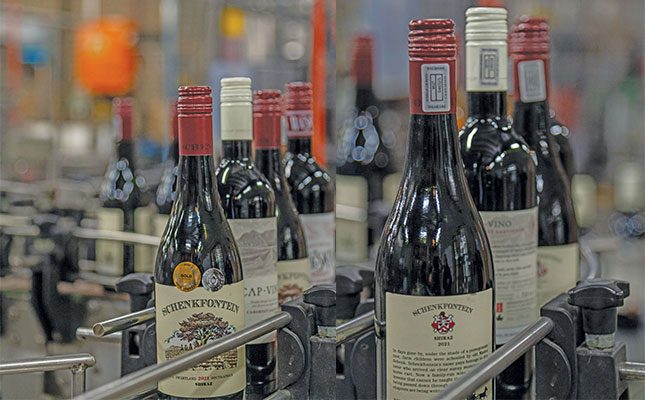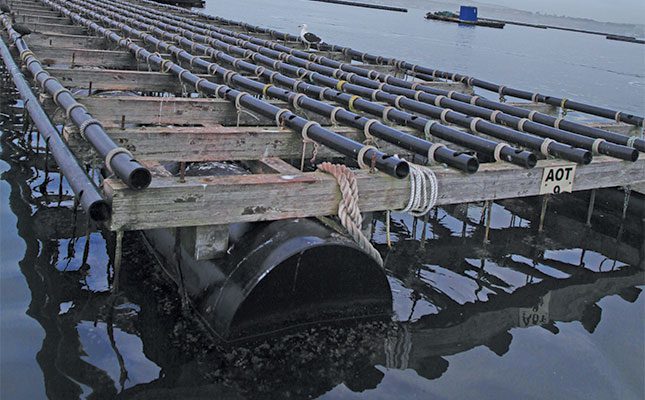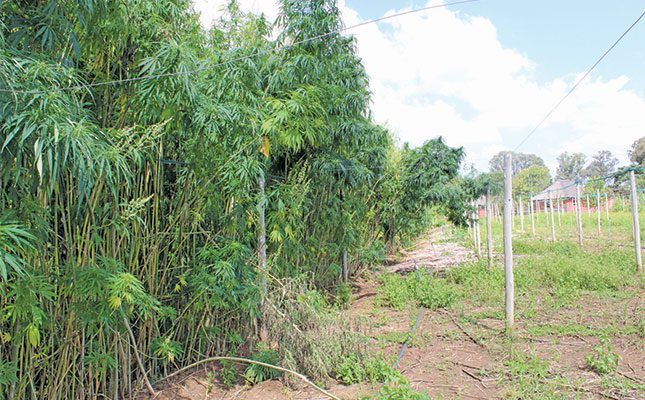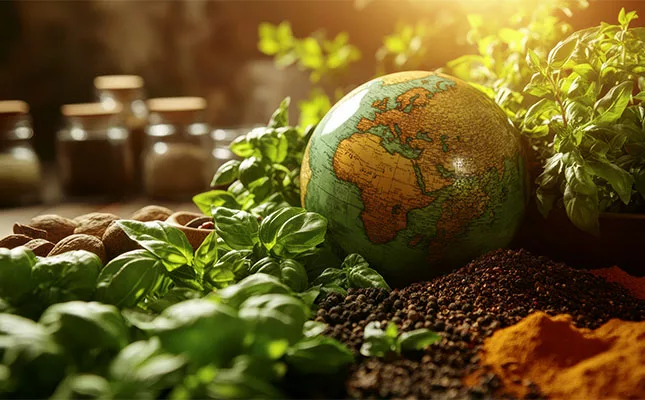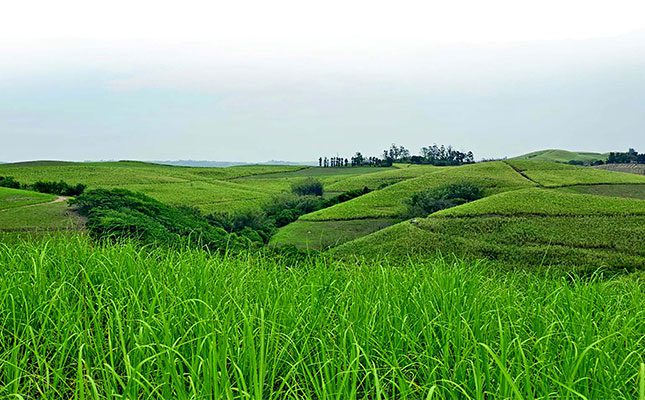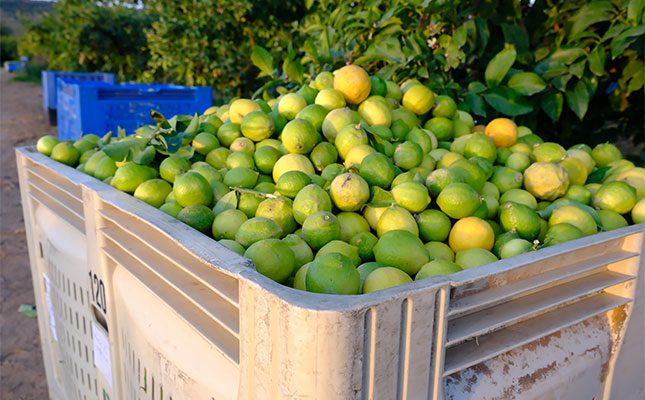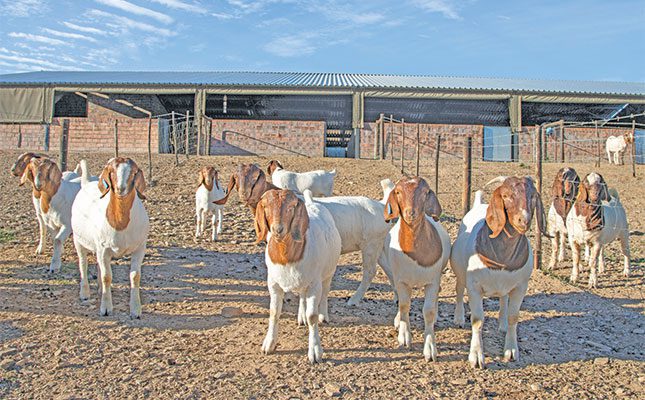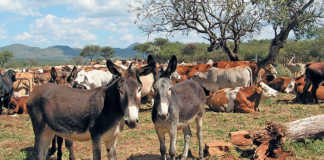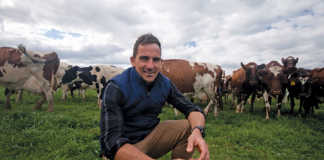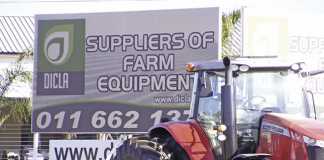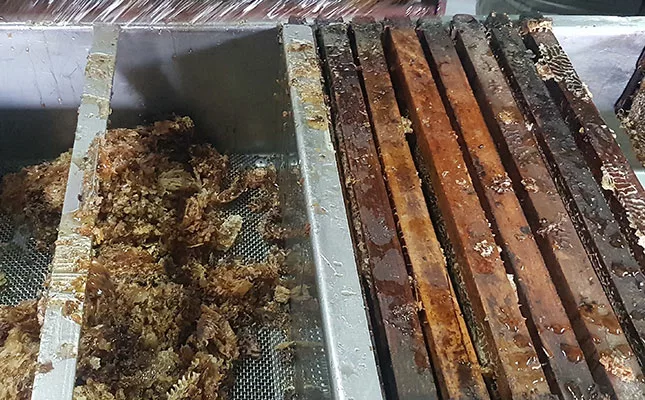
Photo: Sabrina Dean
Pure raw honey doesn’t undergo processing in the traditional sense. No heat is used, it isn’t irradiated or pasteurised, and it certainly isn’t adulterated with the addition of sugar or corn syrup.
Instead, pure raw physics are used to spin the combs and extract the golden produce harvested by nature’s workforce, the bees. Once extracted, the honey is filtered through a cold sieving and settling process before it is packaged and distributed.
It sounds simple enough, yet producing quality honey requires a combination of science, art, and passion.
A lifetime of experience
Charles Friderichs, owner of Honey-Dawn Bee Farm, has developed his expertise over more than half a century, having first started collecting and processing honey as a schoolboy growing up in Keiskammahoek in the Eastern Cape.
“My dad was a doctor in the village, and his partner had some hives in his garden. I would be there every day after school, and that’s how I made my pocket money,” says Charles.
Over the years, his experience included working for beekeepers Frank Steinhoble and Peter Mountain, before going to Cedara College of Agriculture near Howick in KwaZulu-Natal. It was here that he was chosen as an agricultural exchange student and worked in Minnesota in the US as a beekeeper for a year at Banker Honey Company.
Charles and his wife, Dawn, have been involved in commercial beekeeping and honey production since the 1970s, initially establishing Honey-Dawn Bee Farm in the Balfour region of the former Ciskei in 1975. They relocated to their farm just outside Port Alfred in 1985 and have been based there ever since. This year, Honey-Dawn celebrates 50 years in the industry.
Charles owns around 1 000 hives, which are stationed at multiple apiary sites in the Eastern Cape, along the Sunshine Coast from Port Alfred and extending inland to Makhanda, Bedford, Adelaide, Fort Beaufort, and Cradock.
He also rents hives to citrus and avocado farmers in the inland regions.
In addition, the bees pollinate the natural bushveld in the Fort Beaufort area, gathering nectar for the ‘bush honey’ Honey-Dawn markets.
Honey harvesting is seasonal and starts from around the beginning of October, peaking over the summer months and winding down towards autumn.
The honey house
The processing of the product takes place at a building on the Port Alfred farm known as ‘the honey house’.
Each hive has 10 frames of comb, and during peak seasons, these are rotated out every three weeks, or as soon as they are fully sealed. “In winter, we check them every two months or so,” explains Charles.
As the frames arrive at the honey house, the first step in the process is to uncap the honey. This involves manually removing the wax ‘cap’ on the frame.
Charles explains why the bees seal it in this manner: “If honey isn’t sealed, it can ferment, so the bees cap it once the moisture content drops below about 21%.”
The beeswax is removed from both sides of the combs over a drip tray. Once uncapped, the honey-laden frames are placed inside a stainless steel honey extractor, and centrifugal force spins the honey out of the frames. A full frame weighs roughly 1kg and will yield approximately 900g of pure honey.
The extractor Charles uses has a capacity for 75 frames at a time, which are arrayed towards the outer circumference of the spinner. This is then spun for roughly six to eight minutes or until the cells are empty.
“In the early days, we used to do this manually with a hand crank to spin the frames,” he reflects.
As it spins, one can see a golden glimmer on the inside walls as the honey is flung outwards, the collected fluid running down the inside. This is then tapped out through a pipe to the collection tanks, where it first passes through a sieve and then settles further in the tanks.
Once spun, the empty frames are placed in hive boxes outside the honey house, where resident bees collect the remaining sticky residue.
After the bees have cleaned the frames, the wax removed during uncapping is processed on site and sent to Pietermaritzburg to be rolled into sheets of foundation wax for the frames.
These are then used to ‘recomb’ the frames before they are returned to the hives, allowing the bees to get straight to filling them rather than rebuilding from scratch.
Adding value
During peak season, Charles runs a four-person team in the honey house and can process up to 10t of honey in a season.
Honey is left in the settling tanks for four to seven days, depending on viscosity, before being transferred to 20ℓ food-grade plastic buckets for storage, each container weighing about 37kg.
They are then emptied into the stainless steel bottling tank as needed. This tank is water-jacketed, and in winter Charles can keep it at an ambient temperature to facilitate bottling into glass jars, plastic bottles for retail outlets, or directly into containers customers bring with them.
He supplies to several retailers in the Eastern Cape, as well as farm stalls and curio shops. To this end, he has invested in equipment to blow his own 500g and 375g food-grade plastic bottles. He says this has enabled him to not only reduce packaging costs but also ensure a better-quality container for his honey.
He has also added further value by supplying honey bottles to other beekeepers looking for a more affordable food-grade option than plastic bottles off the shelf.
The Friderichs also operate a shop on the farm where they sell honey and honey-based products. These include beeswax candles, bee- and honey-themed curios, and, of course, honey by the kilogram. Customers can also bring their own containers to purchase honey at a seasonally adjusted per-kilogram price.
The farm shop is located on the R72 just outside Port Alfred and is open on Tuesdays, Wednesdays, and Thursdays from 9am to 12pm.
The pure product
The bush honey for which Honey-Dawn is known is often darker in colour than other types of honey, with a subtle array of floral flavours. The citrus honey Charles produces, by comparison, has a more distinct citrus flavour and a lighter colour.
He explains that the colour and flavour of the honey are largely dependent on the source of the nectar the bees collect.
He has a few tubs of ‘bitter’ honey standing in the factory. “This was collected from Euphorbia flowers,” he says.
A small taste, and it’s clear what he means: the flavour is bitter and coffee-like, with just a hint of honey. Charles says there’s no right or wrong when it comes to colour; dark or light, creamy or clear, all are perfectly suitable.
“Bees will never make bad honey; they only produce from what they are foraging on,” he adds.
There is also no issue with honey that crystallises, as this is a natural characteristic of pure raw honey: “Crystallisation is a natural process of pure honey that occurs because of the ratio of glucose to fructose.”
Two of the biggest threats to beekeepers are honey theft and the vandalising of entire hive boxes, along with competition from imported irradiated or adulterated honey.
The couple explains that any honey imported into the country will have had to undergo a heat process known as irradiation or radurisation. This is a form of pasteurisation necessary to kill any bacteriological pathogens that might be present in the honey. It is especially important, as it protects local bee populations from the introduction of diseases.
The other challenge is the adulterated honey, often produced by blending inferior honey with additives like sugar or corn syrup. This damages not only beekeepers but also the reputation of pure honey.
Dawn explains that consumers who have diabetes are particularly at risk, as adulteration alters the sugar profile and can result in life-threatening scenarios. She adds that labelling is also often misleading.
“One of our biggest challenges is a lack of proper grading of honey in South Africa,” says Dawn.
She urges consumers to read the labels carefully to ensure the honey they are purchasing is a pure, raw product. “It is best to buy local honey from beekeepers in your area.”
Phone Charles Friderichs on 084 400 0418, or email [email protected].

